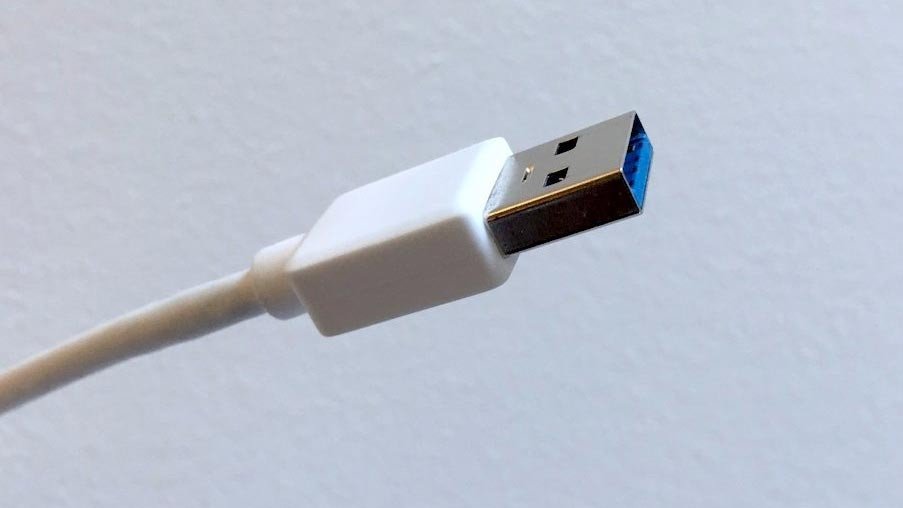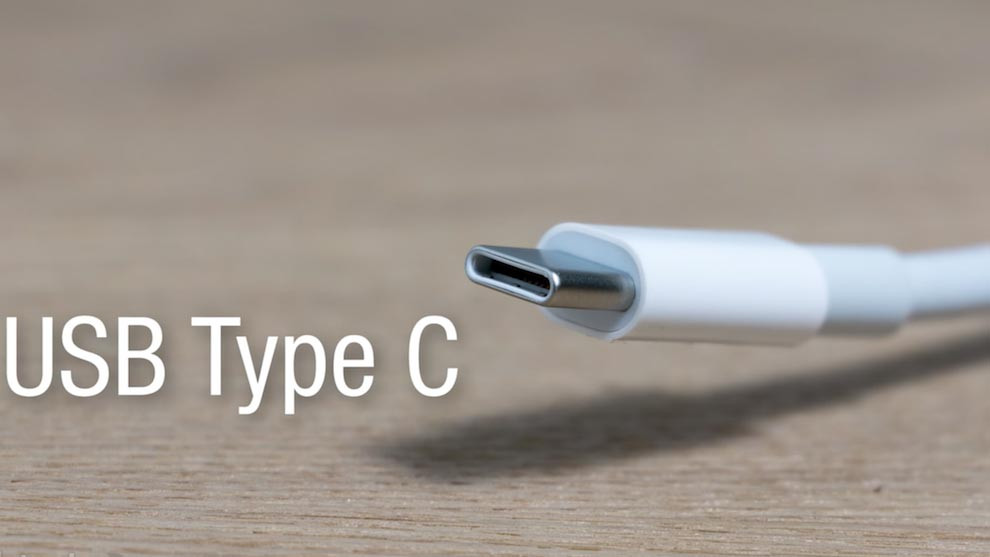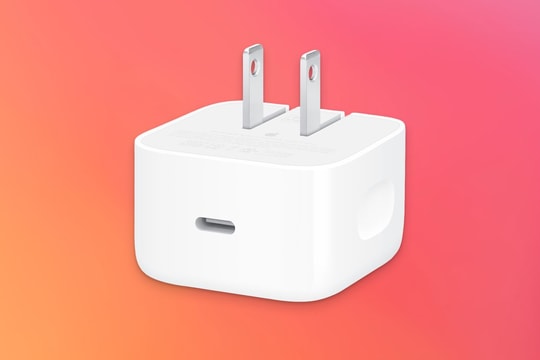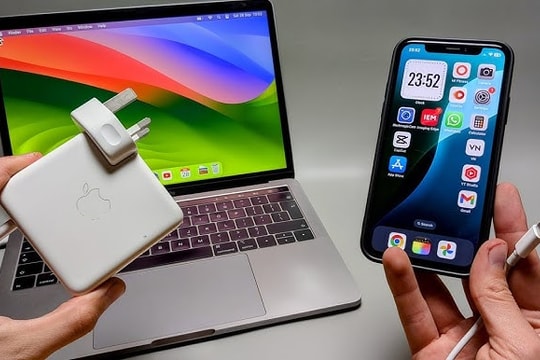USB-A port is about to die?
Some experts predict that the traditional USB-A port is about to die after more than 20 years of use, as Intel has paved the way for the dominance of a new standard - the USB-C port.
 |
| The traditional USB-A port started to be used since 1996. Photo: BI |
Intel has announced that it will no longer charge royalties for Thunderbolt 3 technology starting next year, a move that will give manufacturers more incentive to use the technology.
Thunderbolt 3 technology uses USB Type C, or USB-C, ports to connect devices to computers and other peripherals. Intel’s decision to make this technology free will have a number of impacts, including:
Changing the way users connect devices
The traditional USB-A port, which has been in use since 1996, may soon be dead and replaced by USB-C ports on devices. If you put the two types of ports side by side, you will see that the USB-C port is significantly smaller. It is also almost as small and thin as Apple's Lightning connector, which is used to charge iPhones.
 |
| USB-C ports are much smaller than USB-A ports. Photo: BI |
Solving the most annoying problem with USB-A ports
Adopting the USB-C standard could solve one of the most frustrating problems with the traditional USB-A port. While USB-A cables can only connect in one direction, USB-C jacks can connect computers and devices in any direction.
Bring more advantages
Thunderbolt technology and the USB-C standard offer several advantages over the traditional USB-A port. For example, it means much faster transfers between computers and peripheral hardware. The latest version of USB-A (USB 3.1) transfers data at 10 gigabits per second, while Thunderbolt 3 and USB-C technology can transfer data at up to 140 gigabits per second, which is four times faster.
And since the USB-C standard can be used for many different peripherals, people can use a single USB-C cable for many different USB-C ports to connect all their accessories or devices.
According to VNN
| RELATED NEWS |
|---|



